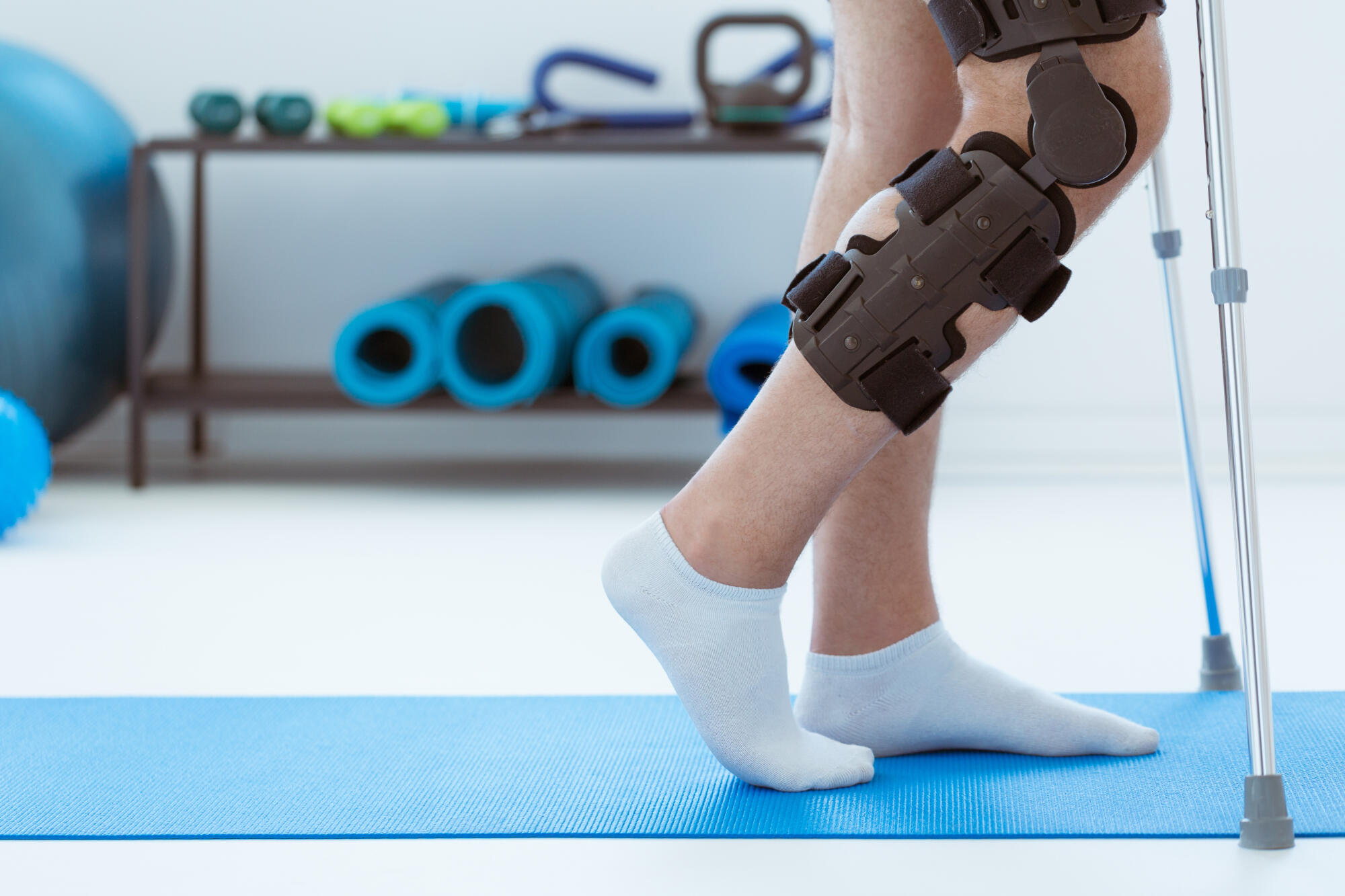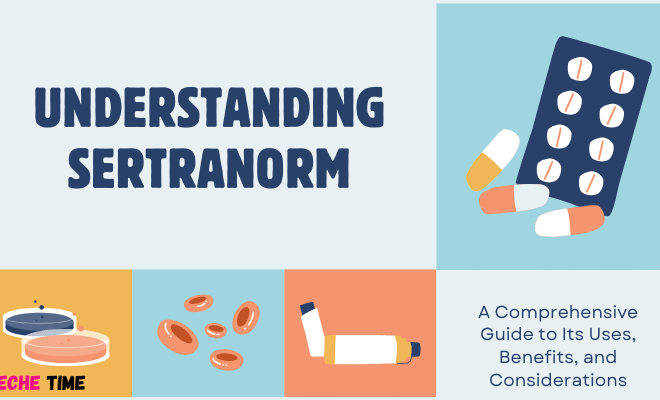
The Most Common Leg Injuries From Car Accidents and How to Prevent Them
Leg injuries from car accidents are common and can be very serious. When cars crash, the people inside can hit parts of the car or get thrown around, and their legs can get hurt in many ways. Broken bones, cuts, and bruises on the legs are some injuries that can happen.
These injuries can be caused by impact on the dashboard, steering wheel, or other objects in the car. In this guide, we will discuss the most common leg injuries from car accidents and how to prevent them.
Fractures and Breaks
One of the most common car crash injuries involving the leg is fractures and breaks. This can happen when the force of the crash causes the leg to hit something hard inside the car, like the dashboard. Sometimes, the bones in the leg can just crack a little, or they might break into pieces.
It’s essential to get help from a doctor if you think your leg is broken or fractured after a car accident. Doctors can use X-rays to see inside your leg and find out exactly where and how bad the break is. Then they can decide the best way to fix it, like putting it in a cast or maybe doing surgery.
Wearing seatbelts and driving safely can help you avoid getting these kinds of injuries. Cars also have special cushions called airbags that pop out during a crash to protect you. Using these safety features can lower the chance of breaking or fracturing your leg if you’re in an accident.
Knee Injuries
Knee injuries are another common result of car accidents. The impact can damage parts of the knee like the ligaments or the kneecap. You might feel pain, see swelling, or have trouble moving your knee.
Seeing a doctor right away is key to taking care of knee injuries from car accidents. They might tell you to rest, put ice on your knee, or wear a special brace. Sometimes, you might need surgery to make your knee better.
Using car crash precautions can keep your knees safer during an accident. Always buckle up and adjust your seat so it’s the right distance from the dashboard. This can help protect your knees from getting hurt if there’s a crash.
Ankle Sprains and Strains
Ankle sprains and strains are also common when cars collide. These injuries happen when the ankle twists or turns in an unexpected way. The ligaments that hold the ankle bones together can stretch too far or tear.
To take care of a sprained or strained ankle, it’s important to rest it and keep it raised. Putting ice on it can help with the swelling. Sometimes, you might need to wear a special boot or brace to help your ankle heal.
Preventing leg injuries, including ones to the ankle, is crucial. If you’re in a car accident, the force of the crash can cause your ankle to twist or bend in a way that’s not normal. Wearing seatbelts and using other safety features like airbags can help lower the risk of an ankle injury during an accident.
Soft Tissue Injuries
Soft tissue injuries involve damage to the muscles, ligaments, and tendons in the legs. These injuries can happen during car accidents when the legs hit parts of the car or if the body is shaken. Symptoms include pain, swelling, and bruising, making it hard to walk or move the leg.
When traveling with children, ensuring their safety in the car is crucial to prevent soft tissue injuries. Using appropriate child safety seats and ensuring all passengers wear seatbelts can reduce the risk of injury. Safe Ride 4 Kids offers quality car seats and other safety products for children of all ages, helping parents keep their little ones safe in the car.
To treat soft tissue injuries, doctors usually recommend rest, ice, compression, and elevation (R.I.C.E). Sometimes, physical therapy may be needed to help heal and strengthen the injured area. It’s important to follow a doctor’s advice to recover fully and avoid further injury.
Crush Injuries
Crush injuries happen when a part of the body gets squeezed between two heavy things. During car accidents, legs can get trapped and crushed, leading to lower limb trauma. This can hurt bones, muscles, and skin very badly.
Doctors need to look at these injuries quickly to help heal them. They might use machines to see inside and check how bad the crush is. Then they can plan the best way to fix it and make it better.
Wearing safety belts and using safe car seats for kids can help stop serious crush injuries from car crashes. It’s also good to keep things in the car that can cut seatbelts or break windows in case you need to get out fast. Staying safe while driving can keep your legs from getting crushed.
Burns and Abrasions
Burns and abrasions are common injuries in car crashes too. Skin can get rubbed off or burned if it touches something hot or sharp inside the car. To keep safe, wear clothes that cover your legs and use car safety features.
Doctors can help heal burns and scrapes by cleaning them and using special bandages. Sometimes, creams or medicines are needed to stop infections. It’s important to see a doctor if you get these injuries in a crash.
Road accident prevention is key to avoiding serious injuries like burns and abrasions. Always follow traffic rules and drive carefully to keep yourself and others safe. Also, regularly checking your car and keeping it in good condition can reduce the risk of accidents.
Safeguarding Your Journey: Preventing Leg Injuries From Car Accidents
Car accidents can cause serious leg injuries. It’s important to use safety features like seatbelts and child car seats to protect yourself and your family. Following traffic rules also helps prevent accidents and keep everyone safe on the road.
Doctors can treat leg injuries from car accidents if they happen. But it’s better to try to avoid these injuries by being careful. Driving safely and using car safety tools helps a lot.
It’s up to each of us to make sure we do our part in preventing leg injuries from accidents.
Did this article help you? If so, take a look at some of our other blog posts for more informative reads.








